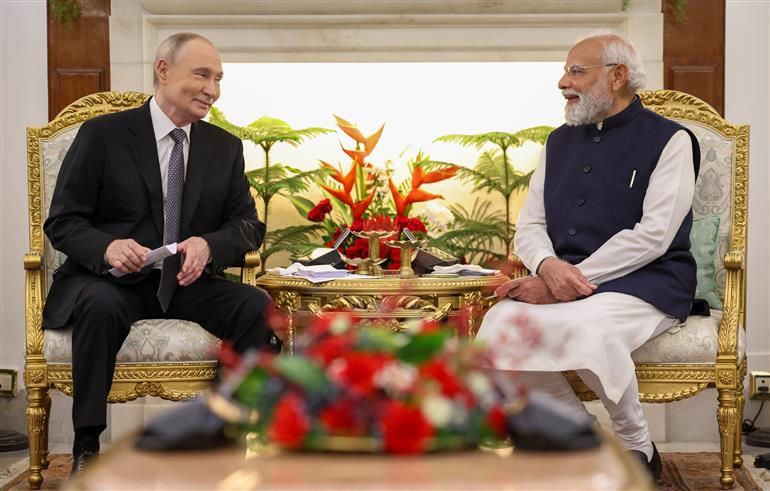TRACWatch Spotlights Increase in Islamic State Activity in March
- Security Risks Monitor
- Apr 6, 2024
- 3 min read

It is not just the March 22 Crocus city hall attack but TRACWatch - Weekly Analyst Briefing of 3 April 2024 marks increase in operations in March.
TracWatch outlines the threat as such and is included in original below given the significance of challenging global terror in a coordinated manner
As anticipated by TRAC, there has been a notable increase in claimed operations by the Islamic State (IS) following a decline last month. This rise was expected given that March coincides with the Ramadan season, traditionally a period of heightened activity for the group. In the current month, the Islamic State Central Command claimed responsibility for 106 operations across all affiliates, marking a 30% uptick from the previous month. However, when compared to March 2023, IS saw a 16% increase in claimed operations.
The upward trajectory is not only evident in claimed operations but also in unclaimed activities. In March 2024, TRAC documented 128 IS operations that were not officially recognized by the central command. Notably, throughout much of 2023, IS insiders regularly reported the group’s activities across its various affiliates. Yet, in recent months, even these insiders have adopted a strategy of silence. TRAC speculates that the IS Central Command may have directed them to withhold information about IS activities, particularly in regions known for high activity such as Iraq and Afghanistan.
TRAC has highlighted specific areas of interest regarding the last month, namely in Europe and Syria:
Throughout 2024, IS showed increased attention toward Europe, particularly following incidents of Quran burnings, the most recent one occurring on 22 January 2023, which sparked outrage in the global Muslim community. Alongside other jihadist groups, IS has actively issued threats and aimed to incite lone-wolf attacks across European nations. This trend persisted through the rest of the year and intensified particularly in October after the resurgence of hostilities between Hamas and Israel in the Middle East.
The tension between Muslims and Jews has acted as a catalyst for a new surge of jihadism globally. Predictably, the Islamic State capitalized on this turmoil. This significant geopolitical event proved advantageous for IS, intensifying fervour among its supporters, who expanded their targets beyond Jews to encompass all “Kafirs” in non-Muslim nations, particularly in Europe. Consequently, IS initiated the month of March with lone-wolf attacks across Europe. TRAC has documented five lone-wolf IS attacks across Europe in March alone and contends that Europe may be inching closer to a situation reminiscent of 2016 when lone-wolf attacks by IS were at their peak in the region.

One of the most intriguing aspects of IS operations in Europe is the predominant involvement of individuals from Central Asian nations, particularly Tajikistan and Uzbekistan.
TRAC suggests that Islamic State (IS) External Operations branch also known as the Emni may be overseeing these operations and directing ISK accordingly. TRAC further posits that Emni’s preference for ISK is due to the ease with which Central Asian individuals can assimilate into European populations without drawing unwanted attention, unlike individuals from South Asia or the Middle East. While ISK undoubtedly possesses the capability to independently orchestrate these operations, TRAC believes they may be receiving direct orders from the central command.
Islamic State activity in Syria has surged, particularly since the initiation of the so-called “bloody truffle season” in mid-February 2024. During the previous month, IS launched a campaign targeting truffle hunters across the expansive Syrian Desert, also known as Badiya. This offensive persisted throughout March and intensified further with the commencement of the Ramadan season on 11 March 2024.
Throughout March, IS fighters focused on targeting oil sites and infrastructure in the Deir Ezzor Governorate, which has historically been a primary oil-producing region for the group. Despite losing control of these oil fields to various parties involved in the Syrian conflict over time, the region retains strategic and sentimental value for IS, as evidenced by its relentless assaults there.
Another notable development is the movement of IS fighters toward urban centers in Syria. Recently, there has been a sudden escalation in IS operations in historically less affected areas, especially in Homs and Deir Ezzor. While most IS activity in Homs has been concentrated along the M7 Highway in the central and eastern parts, there have been documented assaults on the western end closer to the city of Homs. In Deir Ezzor, where IS fighters maintain a significant presence near main cities, they have begun moving into the northeastern parts, previously untouched by IS activity, even during the height of the Caliphate.
Additionally, there has been a notable increase in Islamic State prison breaks. IS is known for its proficiency in executing prison breaks, and throughout March, numerous prison breaks were recorded in al-Hol Camp, SDF-controlled prisons, and SNA-controlled prisons.



Comments